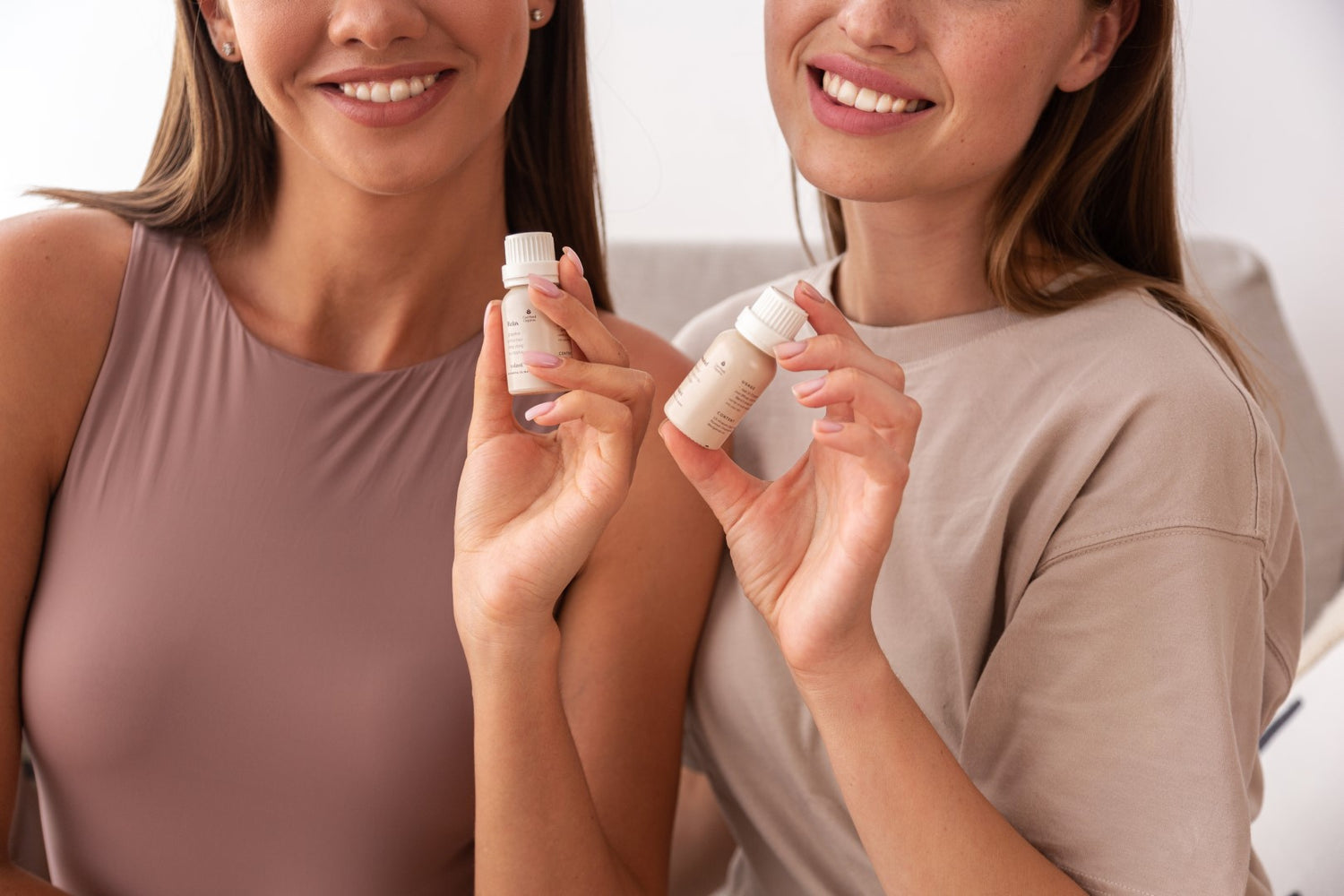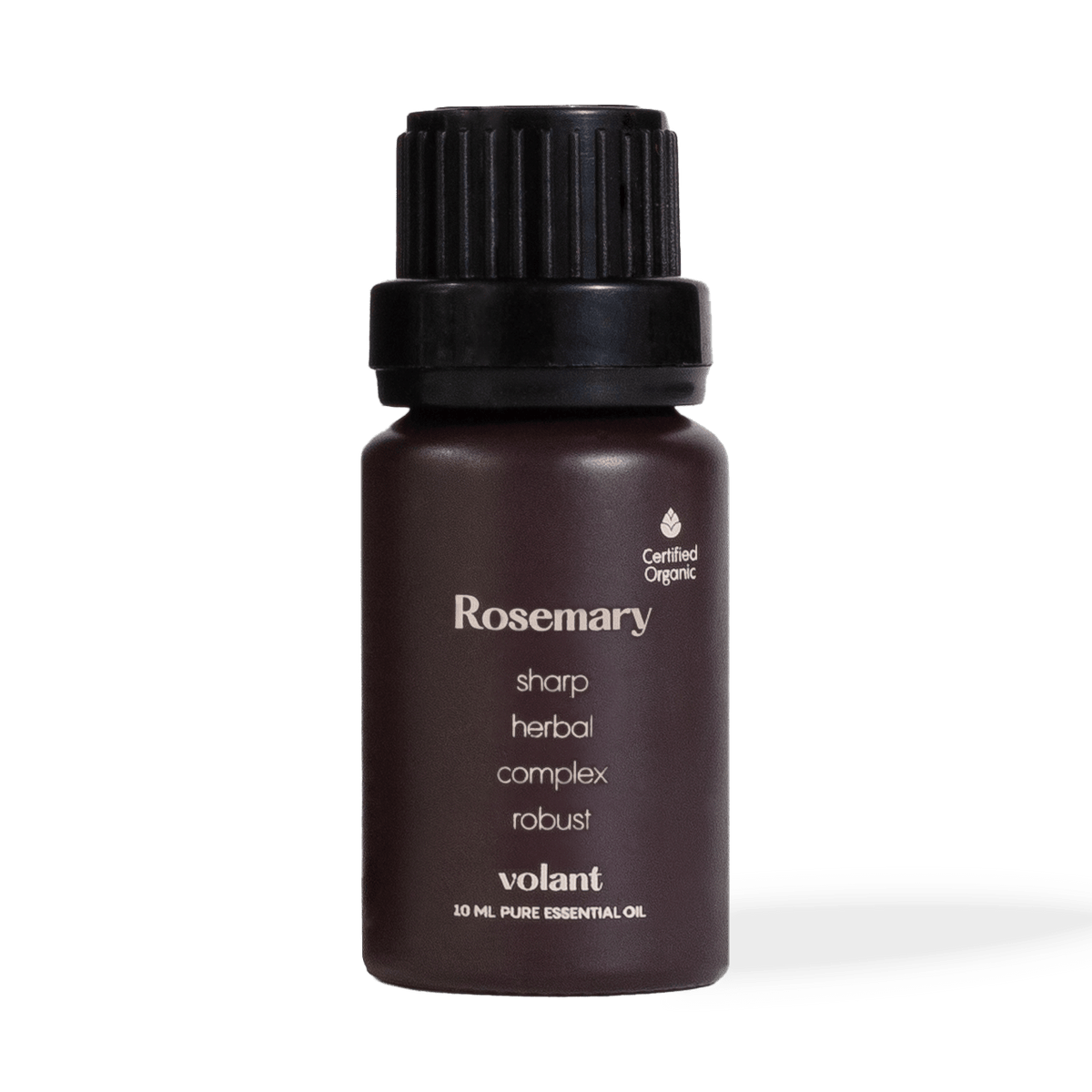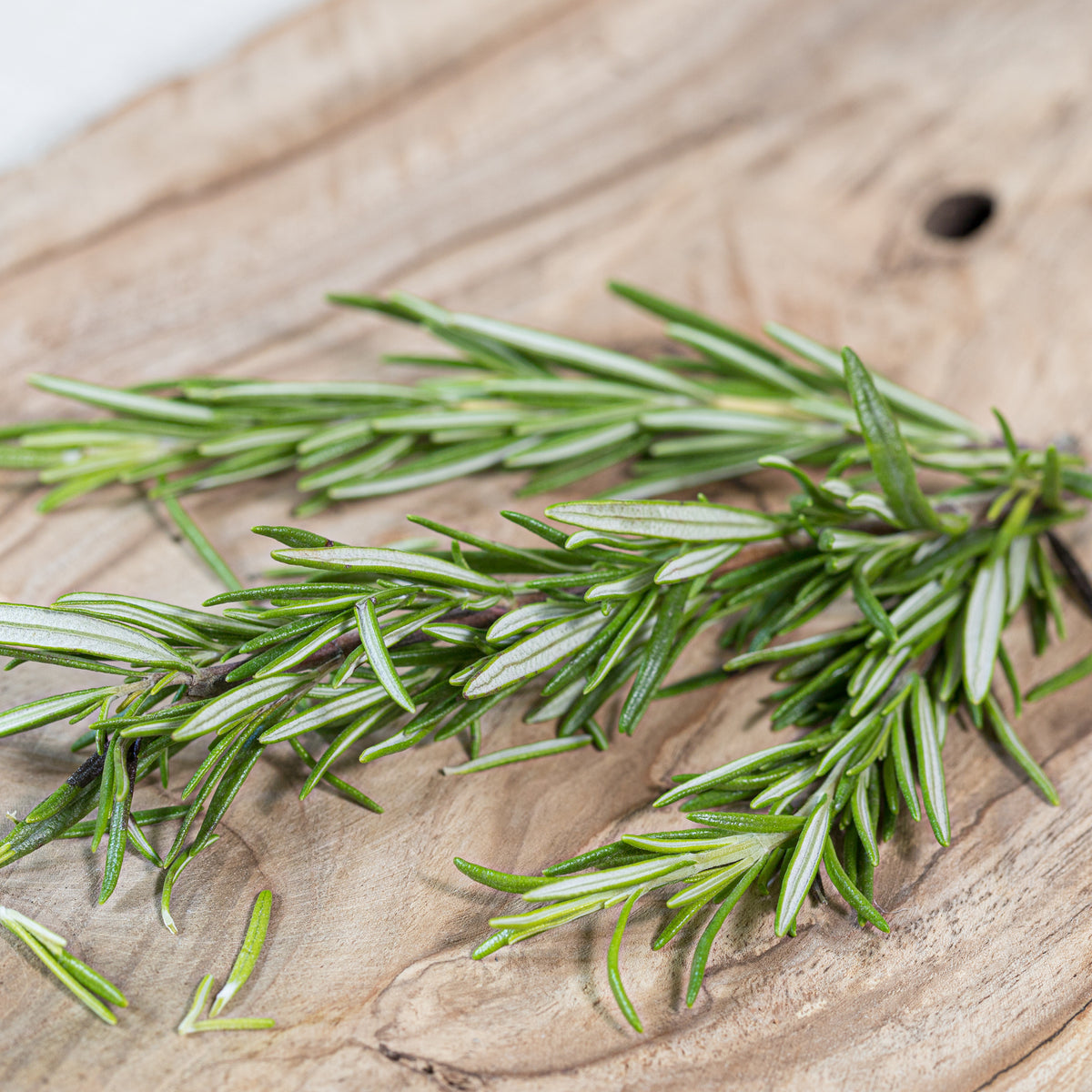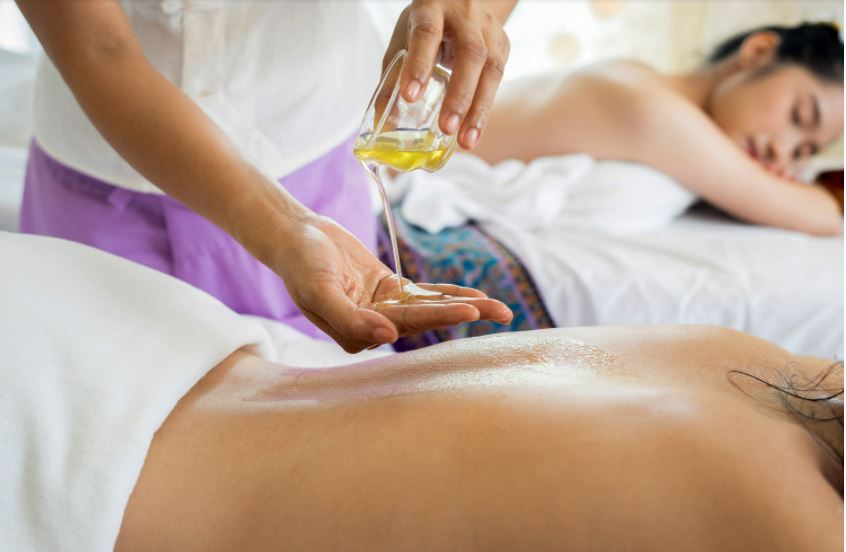To use essential oils safely on your skin and around your home, it’s important to dilute them. This can help to prevent skin irritation whilst also helping your essential oils to disperse effectively. But how do you dilute an essential oil, and what are the mistakes that you should avoid?
The best way to dilute your oils will vary depending on what you’re planning to use them for and the results you’re seeking, but we’re here to guide you step by step to ensure you get the best possible results. In this article, we’re going to take you through our five top tips for diluting your essential oils as well as explore different strengths to use for different purposes.
Why is it important to dilute your essential oils?

You might be wondering why it’s so important to dilute your essential oils. After all, volant’s range of essential oils are made purely and organically from plants. However, it’s important to remember just how highly concentrated essential oils really are. That’s why the aromas of essential oils are so potent.
When used neat (without being diluted), essential oils can cause irritation, allergies and other adverse reactions due to their naturally high potency. You might have an immediate reaction with redness of the skin and itching as the proteins in your skin begin to bind as a result of contact with the concentrated oils. In other cases, people may experience delayed allergic reactions, where a rash can appear up to a month after the initial application.
Along with avoiding irritation, there are many other benefits of diluting essential oils. By using a heavy carrier oil, the rate of absorption into the skin is increased, meaning your skin will be left irresistibly smoother and softer whilst using less of your essential oil. The rate of evaporation of your oils will also be reduced, increasing the number of applications you’ll get from just one bottle of essential oil.
Additionally, using a carrier oil with your essential oil makes it much easier to spread the essential oils equally onto the desired area. Due to their extraordinary potency, just one drop of essential oil could be enough to soothe a sore back, but you would find it difficult to spread a single drop of oil evenly across your entire back. When you dilute the essential oil in a carrier oil, you’ll find that you can comfortably spread the mixture across your whole back and enjoy the soothing effects gained from just one drop of essential oil.
What’s the best dilution rate for me?

How much you should dilute your essential oils will vary depending on the benefits that you’re hoping to achieve from the essential oils, how you’re using them and your individual preferences.
If you suffer from sensitive skin, or if you plan to use the essential oils on sensitive areas such as the face, we’d recommend a 1% dilution rate to minimise the chances of reactions or irritation. However, we’d still recommend doing a patch test before applying the essential oils more liberally to your skin.
If your skin is not sensitive, you may be able to increase this to a 2-3% dilution ratio for aromatherapy massage, or even up to 10% for more intense treatment. However, carrying out a patch test before trying out a new essential oil or increasing the dilution is always recommended to ensure that your skin does not react to the oil or its potency.
When essential oils are being used on a person with a health condition, on the elderly or on a child, it’s important to use a lower dilution rate. Whilst there are many benefits of using essential oils for children, pregnant women and the elderly, it’s best to stick to a 1% ratio to reduce the risk of any side effects or skin irritation.
How to dilute an essential oil
We now know that essential oils need to be diluted in order to be used safely and effectively. Not only is it important to dilute your essential oils to avoid skin irritation, but it can also help to make your oils go further so that they last longer too. In this section, we’ll take a look at five different ways that essential oils can be diluted, enabling them to provide the greatest possible benefits.
Method 1: Carrier oil

Mixing essential oils with a carrier oil is arguably the most popular way to dilute essential oils. There are many different carrier oils on the market, but the most popular choices are jojoba oil, coconut oil and sweet almond oil, thanks to their holistic benefits and ease of access.
Jojoba oil has a pleasant but distinctive smell and is often used in massages due to its anti-inflammatory properties. This means that jojoba oil can help to soothe skin and settle acne. It is easily absorbed into the skin, leaving it feeling soft and grease free, making it ideal for those with oily skin types.
Coconut oil has been used for centuries as a carrier oil and is perfect for helping to cleanse the body due to its high content of lauric acid which has antibacterial properties. It can be used as a carrier oil for use on the skin, lips and hair. This makes coconut oil extremely versatile for combining with many essential oils for a wide range of purposes.
Sweet almond oil is a lightweight carrier oil with a powerfully nutty aroma. This carrier oil is absorbed easily by the skin, making it great for use on dry skin types. Many people use sweet almond oil to reduce the appearance of under eye circles and to heal acne scarring and stretch marks. This is because the oil replenishes and restores the skin.
To dilute your essential oil using a carrier oil, simply mix a tablespoon of your chosen oil with a drop of essential oil. You can increase or decrease the quantity of carrier oil or essential oil to achieve your required level of dilution.






